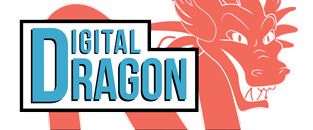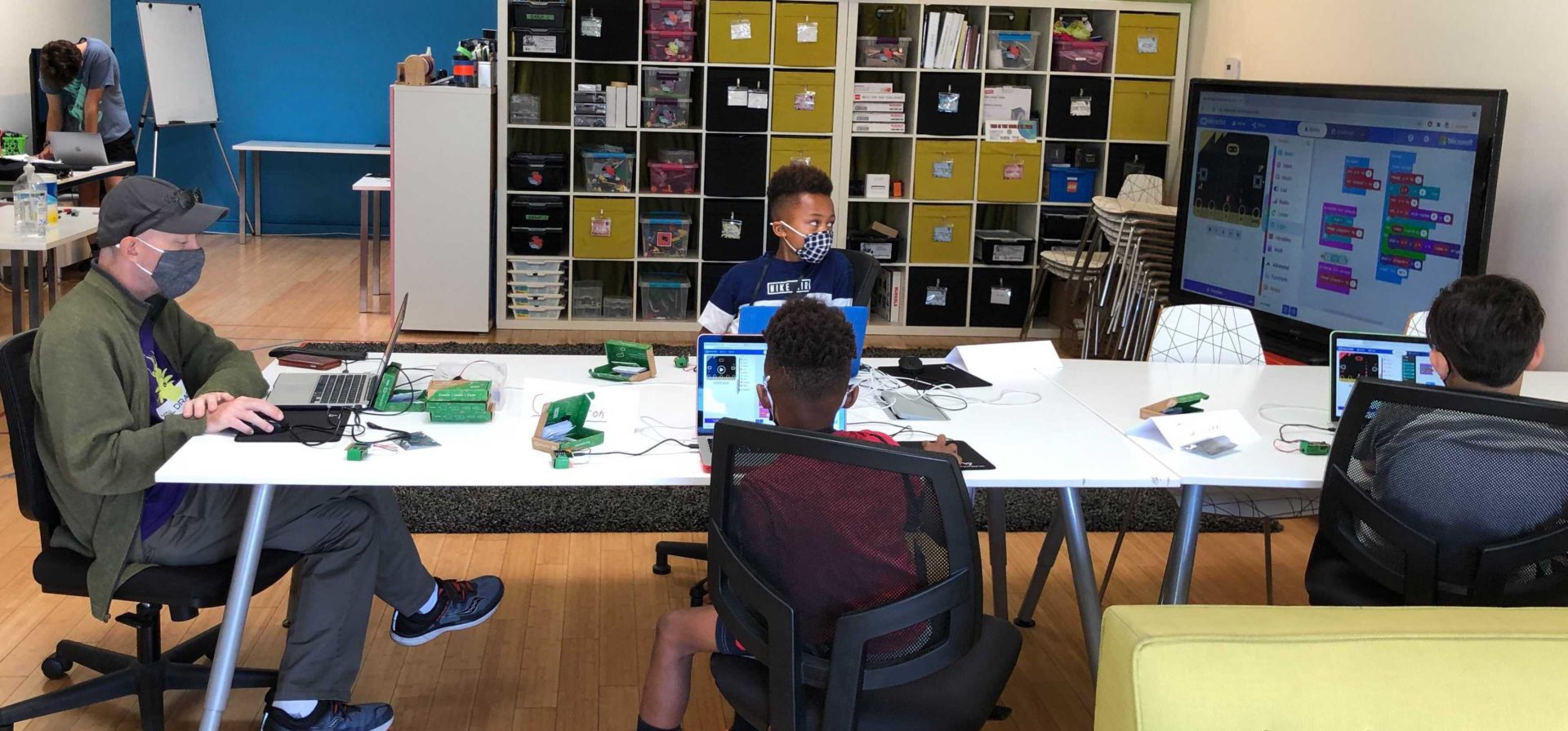What can YOU do to help change the current education system? Yes – parents need to make a push for change.
How do we Purge Education Practices based on what we learned from a Global Pandemic!
This month, we’ll continue the theme of Expanded Educational Universes from our previous post with a focus inward by examining current system structures. Since this has all begun, in what feels like forever ago, educators the world over have sought to use the pandemic as a portal to change the traditional and often rigid education systems and have done so with great optimism. Right from Digital Dragon itself, many-a-blog post has been devoted to the exploration of this concept. From knowing and naming inequity to uplifting student, educator, and parent voices we can list what has been worked to create more engaging and meaningful educational opportunities and what must be purged from our practices on the other side of this global event. As we find ourselves in the thralls of this great experiment, it has become clear that with this rare chance, there is a real challenge in changing the system.
Taking a step backwards, we should note our education system has been established as a bureaucracy. We can envision a glistening and stunningly efficient superstructure. However, we actually have disconnected experiences and procedures scattered across the country, states, districts, boards, administration, schools, and classrooms rarely being authentically monitored – and more importantly – rarely able to be improved upon. These systems range from the concepts of seat time, educational schedules, technology acquisition, to standardized testing and so much more. Flash back to now – how is it that we’re en route back to a failing past at blistering pace? Is the system faulty at large or is it delivering expected results? Who is to blame? Unfortunately, by design it seems like our current system cannot support improvement, but rather churns out mediocre learning experiences we’ve come to grapple with time and again and leaves us all to blame – until we take unified action.
As we start to turn the bend on this significant world event, what are some ways to approach things differently? For one, let’s get away from the system seeing students / educators as products of a process and structure. What if the product / process (system) were aligned with exploration? Let’s support a student finding their identity around a purpose or passion. We can approach that through building communities of practice throughout our lives, accessible social networks (for idea and information transfer), emergent spaces (like Digital Dragon and libraries) for learning and relationship building, and taking on the risk / mess of building organizational structures. From that aforementioned list, it should become clear that we each have a unique role to play in establishing an alternative to a system that’s designed – and delivering on that design – to keep learners/educators where they are.
TLDR; Places like Digital Dragon were created and supported by caring parents as a response to the failures and faults of the current education system. The pandemic has brought to the forefront so many of those shortcomings and it’s become evident that the mental model of our educational system is far from the reality of how it actually plays out which continues to drive the frustration of those pushing change. It will take courage to confront this, but if you read all the way to this point, maybe it’s you (and those like you) who can take the action to ensure a desired future for our learners.
About the Author:
John Balash was instrumental in Digital Dragon’s launch in 2013 as its first Curriculum Director and is now back in the fold as a consultant on all the latest and greatest in tech education.This is John’s latest contribution to a monthly blog series we’ve launched, Tech News from the Frontier. John is the Director of Educational Engagement at Carnegie Mellon University’s Entertainment Technology Center. John has worked on educationally-focused initiatives with clients ranging from D.A.R.P.A. to Disney. Working from both sides of the desk, you can find John in classrooms and conferences around the world exploring new uses for technologies in learning environments.



